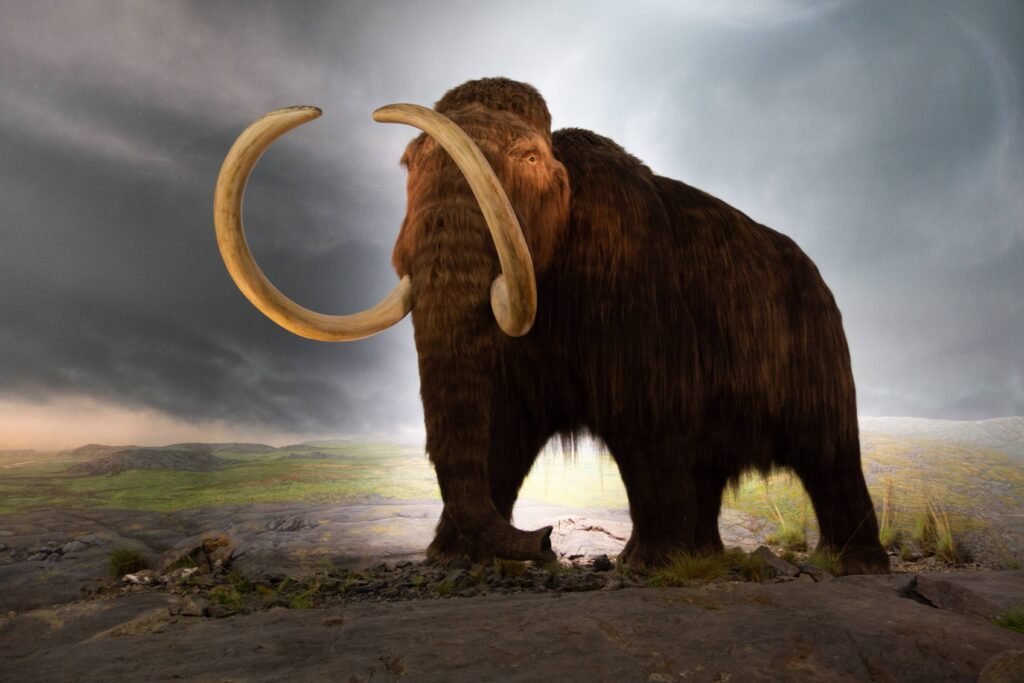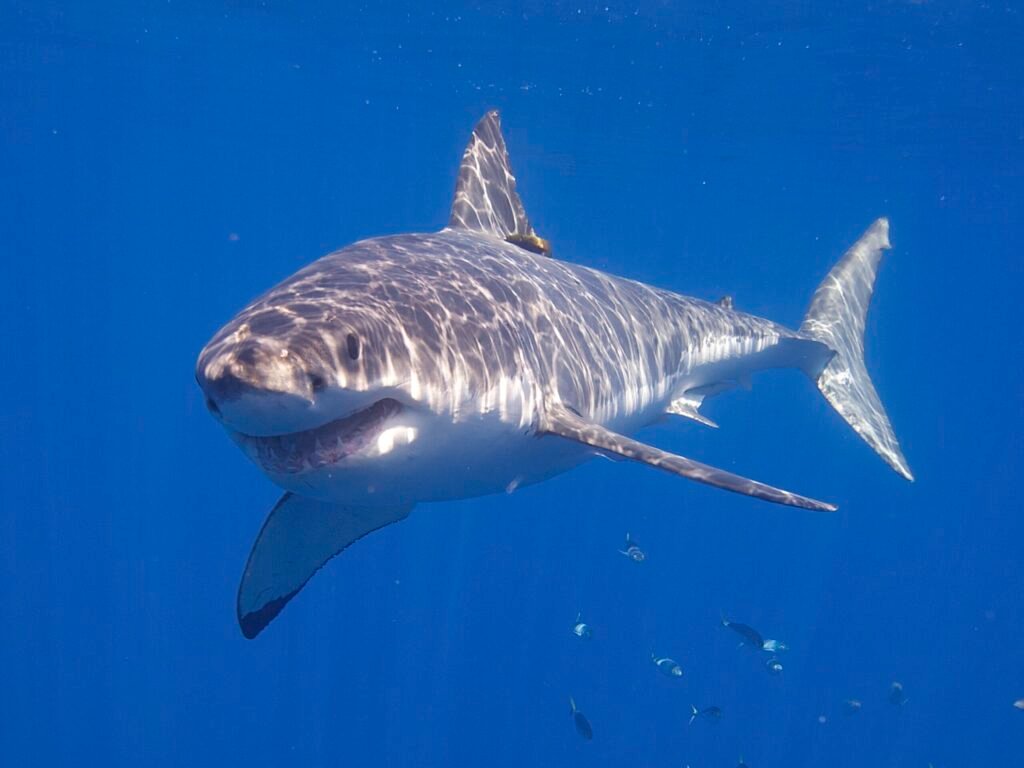Picture massive, shaggy giants trampling through snow-covered tundra once more. It sounds like a scene from a fantasy movie, yet scientists are closer than ever to making woolly mammoths roam the Earth again. The ambitious dream isn’t just about bringing back extinct animals for the sake of spectacle. Rather, it’s an intricate dance between cutting-edge genetics, climate science, and ecological restoration that could reshape our planet’s future.
Recent breakthroughs have moved this concept from the realm of science fiction into genuine possibility. With companies like Colossal Biosciences making remarkable progress and timelines suggesting we might see mammoth-like creatures by the late 2020s, the question isn’t whether this will happen, but when. So let’s dive into the fascinating world where ancient DNA meets modern technology, and discover why these prehistoric giants might soon walk among us once again.
The Game-Changing Technology Behind Mammoth Revival

The resurrection of woolly mammoths has become possible thanks to revolutionary gene-editing technology called CRISPR-Cas9, which acts as molecular scissors to cut and paste DNA with unprecedented precision. Scientists are using this groundbreaking tool to copy DNA from mammoth genomes and insert it directly into living elephant cell cultures.
By March 2015, researchers had successfully edited woolly mammoth genes into Asian elephant genomes, focusing initially on cold-resistance traits like external ear size, subcutaneous fat, hemoglobin, and hair characteristics. By February 2017, the same team had made an impressive 45 genetic substitutions to the elephant genome. This represents a monumental leap forward in our ability to manipulate genetics at the molecular level.
The genetic similarity between mammoths and elephants makes this process feasible, as the mammoth genome matches 99.4% of the elephant genome. Scientists aren’t trying to create perfect mammoth replicas, but rather engineer elephant-mammoth hybrids that carry the essential traits needed for Arctic survival. This approach sidesteps the impossible task of finding perfectly preserved mammoth DNA while still achieving the desired outcome.
Colossal Biosciences and the Race Against Time

In 2021, geneticist George Church received $15 million in funding and launched Colossal Biosciences, a biotechnology company dedicated specifically to mammoth revival. The company has publicly stated ambitious timelines, with representatives claiming they plan to create woolly mammoth-like creatures by 2027 or 2028.
Given the elephant’s lengthy 22-month gestation period, reaching a 2028 deadline would require implanting an edited embryo into an elephant surrogate within the next year or so, though some experts consider this timeline optimistic. Independent scientists like Vincent Daly believe the birth of a woolly mammoth hybrid is more realistically closer to a decade away.
The company reportedly plans to achieve significant milestones, including developing mice with woolly mammoth-inspired traits, featuring cold tolerance, woolly coats, and other mammoth characteristics through successful modification of seven genes simultaneously. This represents crucial proof that complex genetic combinations can be successfully engineered in living animals.
The Woolly Mouse Breakthrough
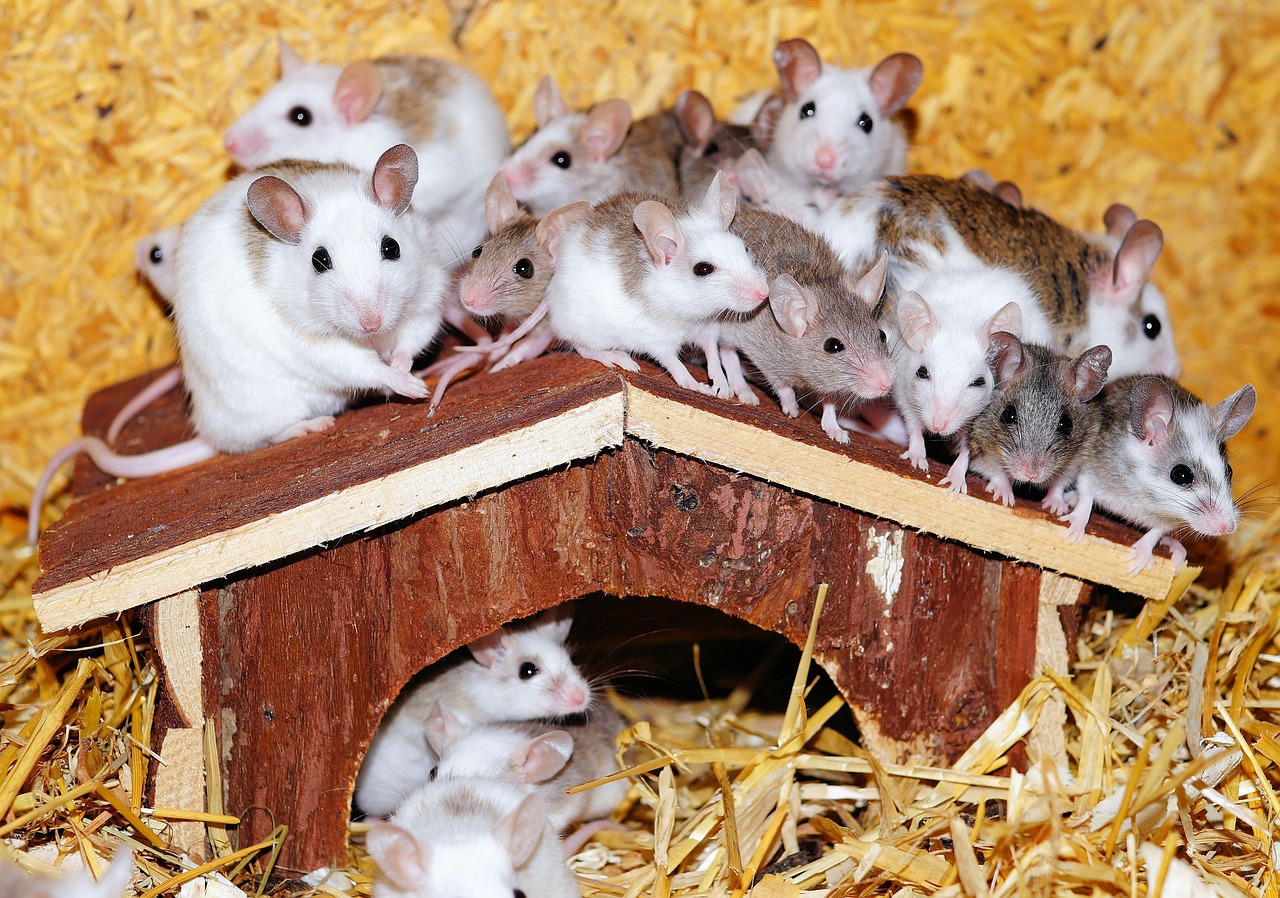
Scientists have created small, fluffy mice that represent a milestone in de-extinction efforts, with these animals undergoing genetic modifications that give them features similar to woolly mammoths. By successfully modifying seven genes simultaneously, researchers created mice with dramatically altered coat color, texture, and thickness reminiscent of woolly mammoth characteristics, demonstrating the feasibility of expressing traits using computational analysis of 59 mammoth genomes ranging from 3,500 to over 1,200,000 years old.
The research team identified 10 target genes linked to mammoth-like features including wavy, long, and light-colored fur, as well as lipid metabolism traits that were present in woolly mammoths but absent in elephants. These genetic modifications weren’t random attempts but carefully calculated changes based on extensive genomic comparisons.
The mice display wavy coat patterns similar to woolly mammoths through modifications to genes like TGFA and KRT27, while also expressing golden hair coloration rather than typical black fur through alterations to the MC1R gene that regulates melanin production. This work provides concrete evidence that mammoth traits can be successfully recreated in living mammals.
The Massive Scale of Genetic Engineering Required
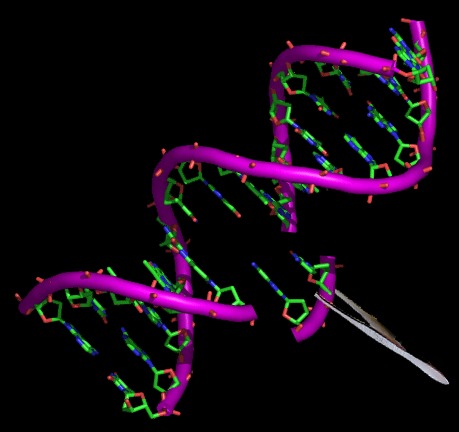
Computational analysis reveals that scientists need to make approximately 5 million genetic changes throughout the genome to transform an Asian elephant into something resembling a woolly mammoth, not including the natural genetic variation between individual elephants. This staggering number illustrates the enormous complexity of the undertaking.
There are millions of evolutionary differences between Asian elephants and mammoths, making it unlikely that just one or two small changes would create the mammoth appearance in an elephant’s genetic background, requiring sophisticated tools for multiplex genome editing and introducing large DNA fragments.
Scientists are employing various advanced techniques including CRISPR-Cas9, base editors for single nucleotide changes, and DNA synthesis approaches where they can manufacture entire DNA fragments and swap them into elephant genomes using specialized enzymes. This multi-pronged approach allows researchers to tackle different types of genetic modifications simultaneously.
Major Scientific Hurdles Still Ahead
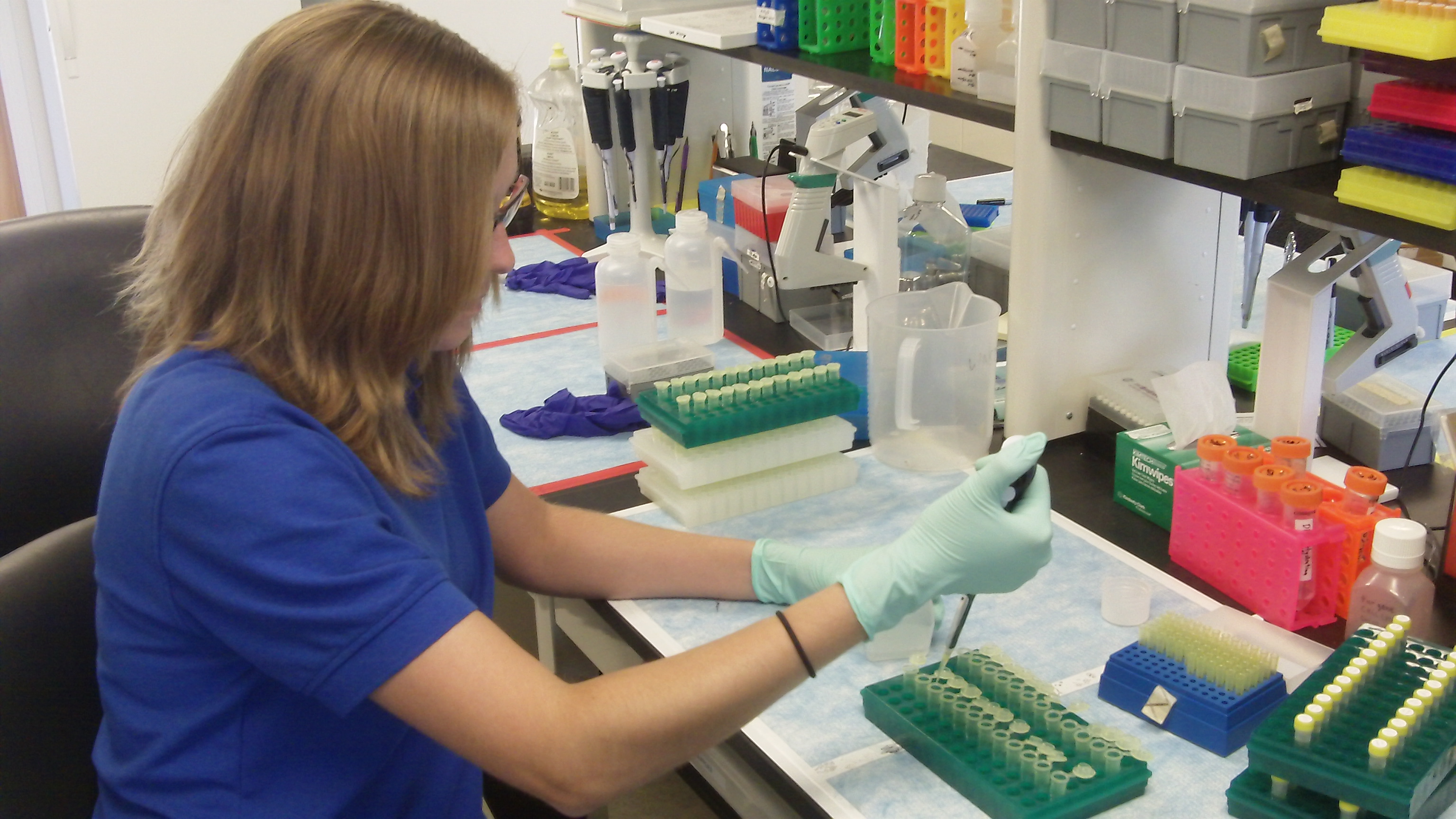
Getting DNA from ancient samples presents significant challenges as the genetic material comes in fragments that are difficult to assemble into complete genomes, requiring advanced technology and specialized expertise. Ancient DNA often becomes contaminated or damaged over time, making it harder to work with, while current technology and knowledge may not yet be sufficient to fully bring back extinct species.
No scientist has found viable mammoth cells to begin traditional cloning processes, and most experts doubt that living cells could have survived freezing in Arctic tundra, with mammoth DNA significantly deteriorated over millennia due to preservation conditions.
The team still faces major technical obstacles including building an artificial uterus capable of hosting a 200-pound fetus through its nearly two-year gestation period. While scientists have successfully created induced pluripotent stem cells for Asian elephants for the first time, this achievement is still far from the ultimate goal of creating herds of giant creatures roaming in the wild again.
The Climate Change Connection
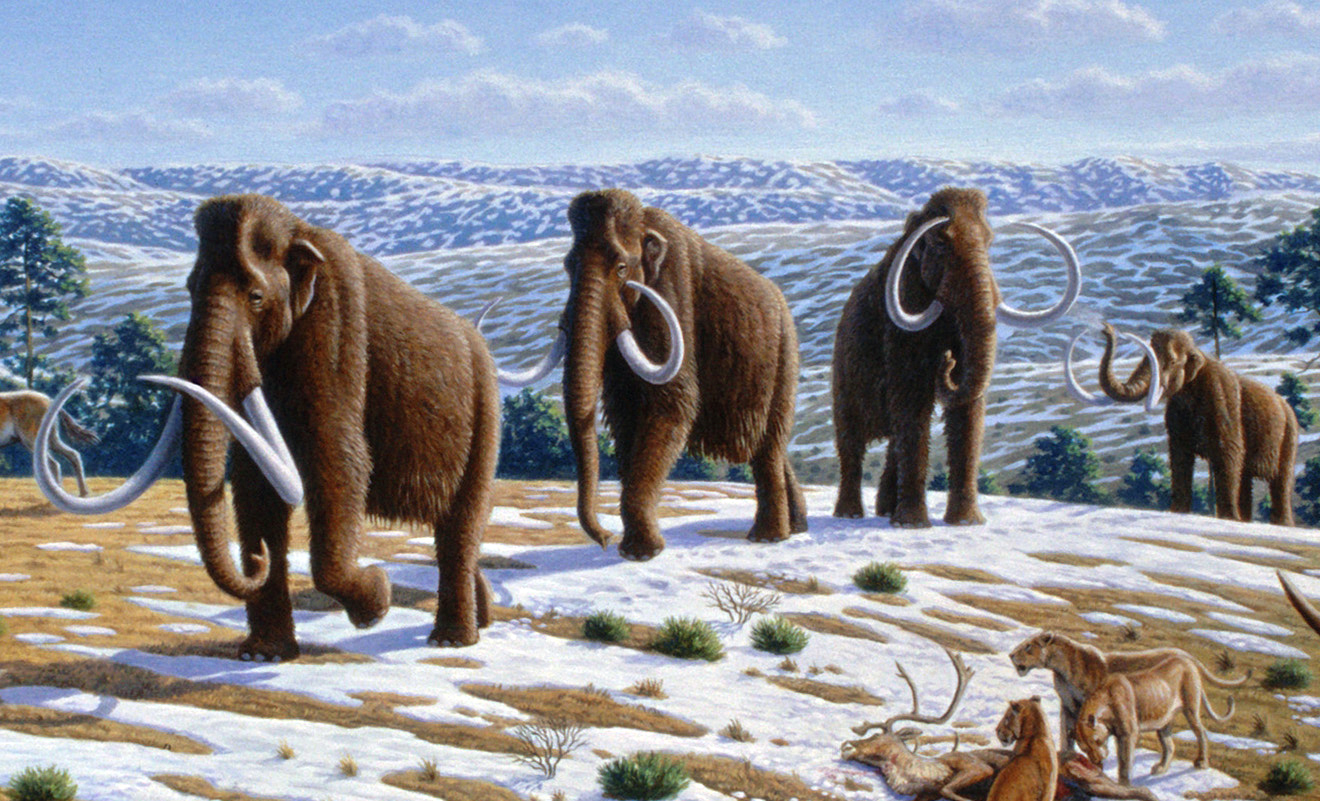
Proponents claim that reintroducing mammoth-like creatures to Arctic tundra could help prevent greenhouse gas release from thawing permafrost and recreate steppe ecosystems, where grass would absorb less sunlight than trees, causing ground to absorb less heat and keeping carbon deposits frozen longer.
Large numbers of these animals would trample snow cover, preventing it from insulating the ground and allowing permafrost to experience bitter Arctic winters, theoretically keeping soil colder for longer periods and promoting grasslands while simultaneously slowing frozen soil thawing.
Evidence suggests that grazing, compaction, and disturbance effects from large herbivores enable deeper permafrost freezing during winter months, while grasses then insulate permafrost from summer melting, further preventing greenhouse gas release. Research indicates that grasslands sequester atmospheric carbon more efficiently than other ecosystems.
Pleistocene Park: The Real-World Testing Ground

Pleistocene Park has been an ongoing experiment in the Siberian Arctic since 1996, founded by Russian geophysicist Sergei Zimov as a 160 square-kilometer area populated with around 100 animals including bison, musk ox, moose, yaks, horses and reindeer. This is the park where Harvard researchers hope to deliver their first resurrected mammoth hybrid within the next decade.
The park serves as a testing ground to determine whether animals can transform current low-productivity ecosystems into highly productive pastures while slowing or reversing permafrost thaw. Scientists have installed a 35-meter high monitoring tower that continuously tracks methane, carbon dioxide and temperature in the park’s atmosphere to gather evidence supporting climate theories.
Historical estimates suggest that during the Pleistocene period, approximately 1 mammoth, 5 bison, 7.5 horses, 15 reindeer, 0.25 cave lions, and 1 wolf per square kilometer roamed these areas, which could potentially keep 72,000 tonnes of carbon annually in the ground while generating $360,000 in carbon revenues.
The Scale Challenge: From One Animal to Ecosystem Impact
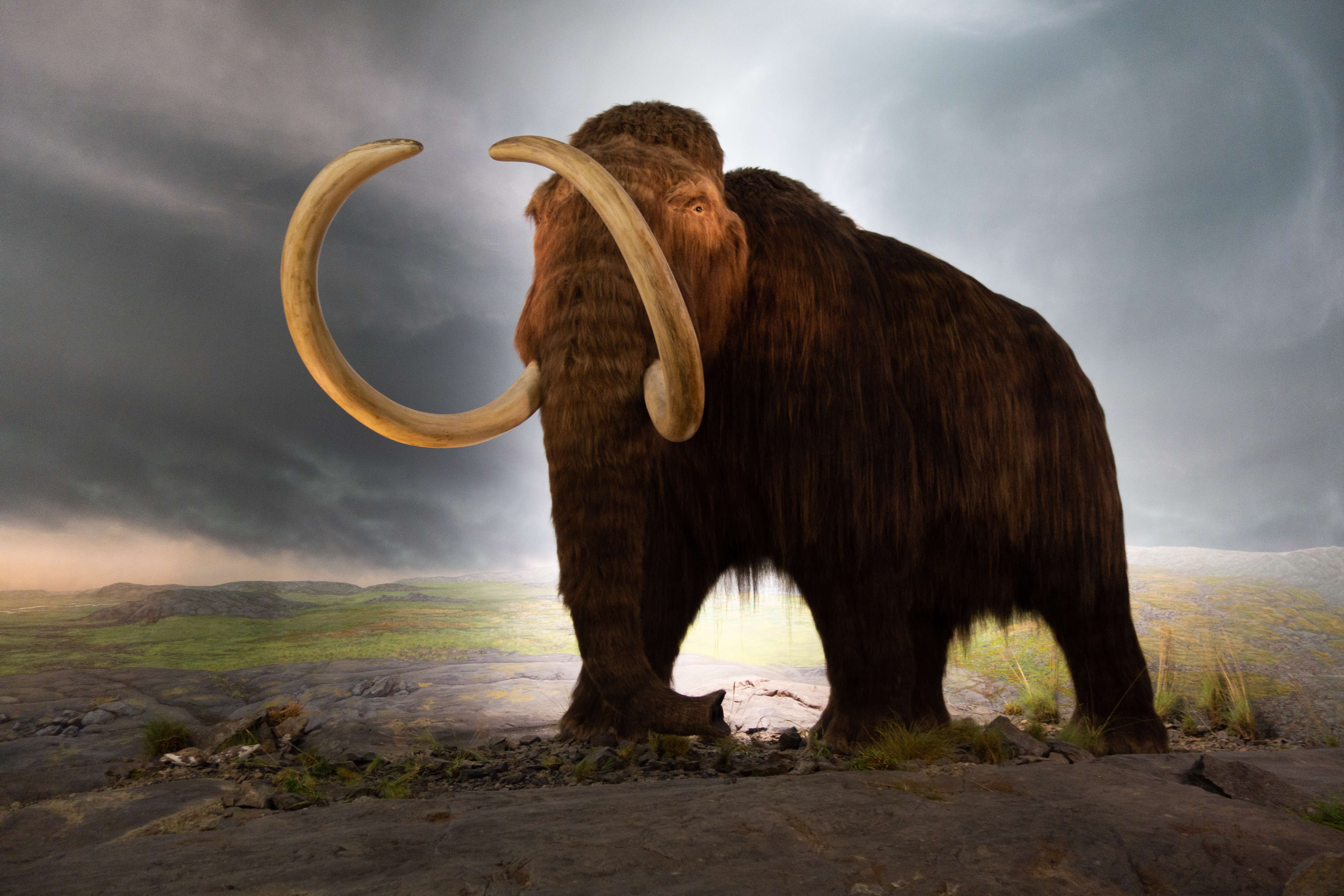
Scientists estimate that several hundred thousand mammoths would be needed to have significant climate impact, potentially putting living endangered elephant species in peril. Experts argue that mammoth reintroduction couldn’t just focus on Alaska but would need to occur everywhere across the Arctic to meaningfully address permafrost problems.
Even if scientists succeed in bringing back extinct species, scaling up their populations presents enormous challenges, as tens of thousands of woolly mammoths would be needed to meaningfully help Arctic grasslands and carbon storage efforts. This would potentially require hundreds or thousands of artificial wombs operating like warehouses to produce genetically engineered mammoths at industrial scale.
Beyond technical problems, limited suitable habitat remains for mammoth-elephant hybrids, and since both species are social and gregarious, creating just a few specimens would not be ideal, requiring enormous time and resources with unclear scientific benefits.
Ethical Dilemmas and Animal Welfare Concerns

One of the most challenging moral issues surrounding de-extinction involves animal welfare concerns, with experts questioning how many potentially maimed, deformed, or stillborn quasi-mammoth, quasi-elephant creatures would be acceptable casualties in attempts to bring back mammoth-like animals.
Historical precedent exists with the Pyrenean ibex de-extinction attempt, where after 57 failed attempts, scientists successfully cloned the extinct species, but the baby died seven minutes after birth with severely malformed lungs that prevented proper breathing.
Some critics worry that creating impressions that extinction is reversible could undermine urgency to save existing endangered species, potentially causing people to worry less about protecting currently threatened animals like Javan Rhinos or Amur Leopards. Scientists object to de-extinction projects, questioning whether the results would simply create “freak shows” in zoos or lead to herds marching toward second extinctions due to global warming.
The Broader Impact on Conservation Science
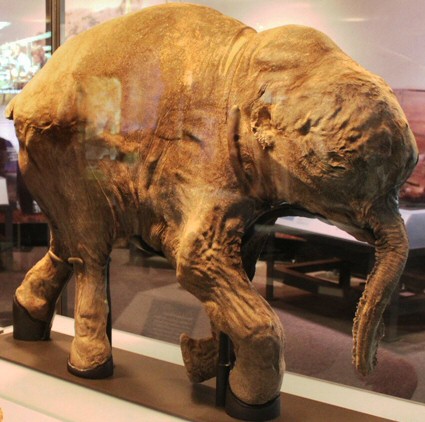
Well-funded collaborative mammoth revival efforts would likely revolutionize scientific research with significant spillover benefits in genomics fields, with innovations potentially applicable to human health and possibly saving future human lives. Tools developed for multiplex genome editing and introducing large DNA fragments will have applications for CRISPR gene editing technologies in humans and other species.
Recent UN reports show nearly 1 million species face extinction within decades without radical action, and biotechnology developed for mammoth revival could potentially be used to genetically edit other endangered species to better cope with climate change effects. Reanimating extinct genes in living cells allows scientists to discover prehistoric genetic information functions in ways that studying genetic code alone cannot provide.
The specialized stem cell techniques could open new possibilities for conserving genetic diversity, preventing extinctions, and contributing to species sustainability beyond just mammoth projects. Companies have already partnered with conservation projects to genetically preserve Asian elephants, African elephants, and Forest elephants through genomic sequencing.
Conclusion
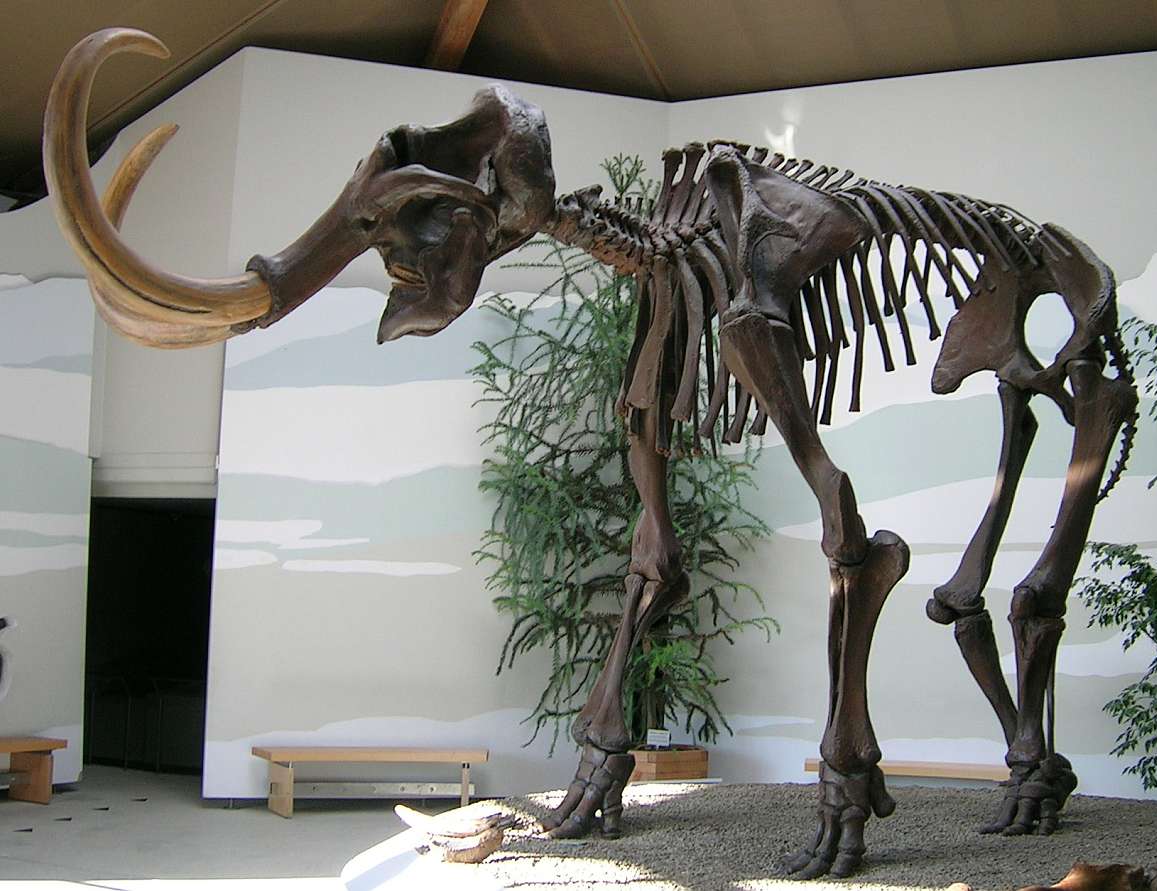
The prospect of woolly mammoths returning to Earth within the next decade represents one of the most audacious scientific undertakings of our time. While the technical challenges remain formidable and ethical questions persist, the rapid pace of genetic engineering breakthroughs suggests this ambitious goal may indeed be achievable. Whether these resurrected giants will successfully combat climate change or simply represent an expensive scientific novelty remains to be seen.
Perhaps the most remarkable aspect isn’t whether we can bring back mammoths, but whether we should. The technologies being developed along this journey promise to revolutionize conservation biology and potentially save countless species currently teetering on the brink of extinction. What do you think about bringing extinct giants back to life? Tell us in the comments.

Hi, I’m Andrew, and I come from India. Experienced content specialist with a passion for writing. My forte includes health and wellness, Travel, Animals, and Nature. A nature nomad, I am obsessed with mountains and love high-altitude trekking. I have been on several Himalayan treks in India including the Everest Base Camp in Nepal, a profound experience.

